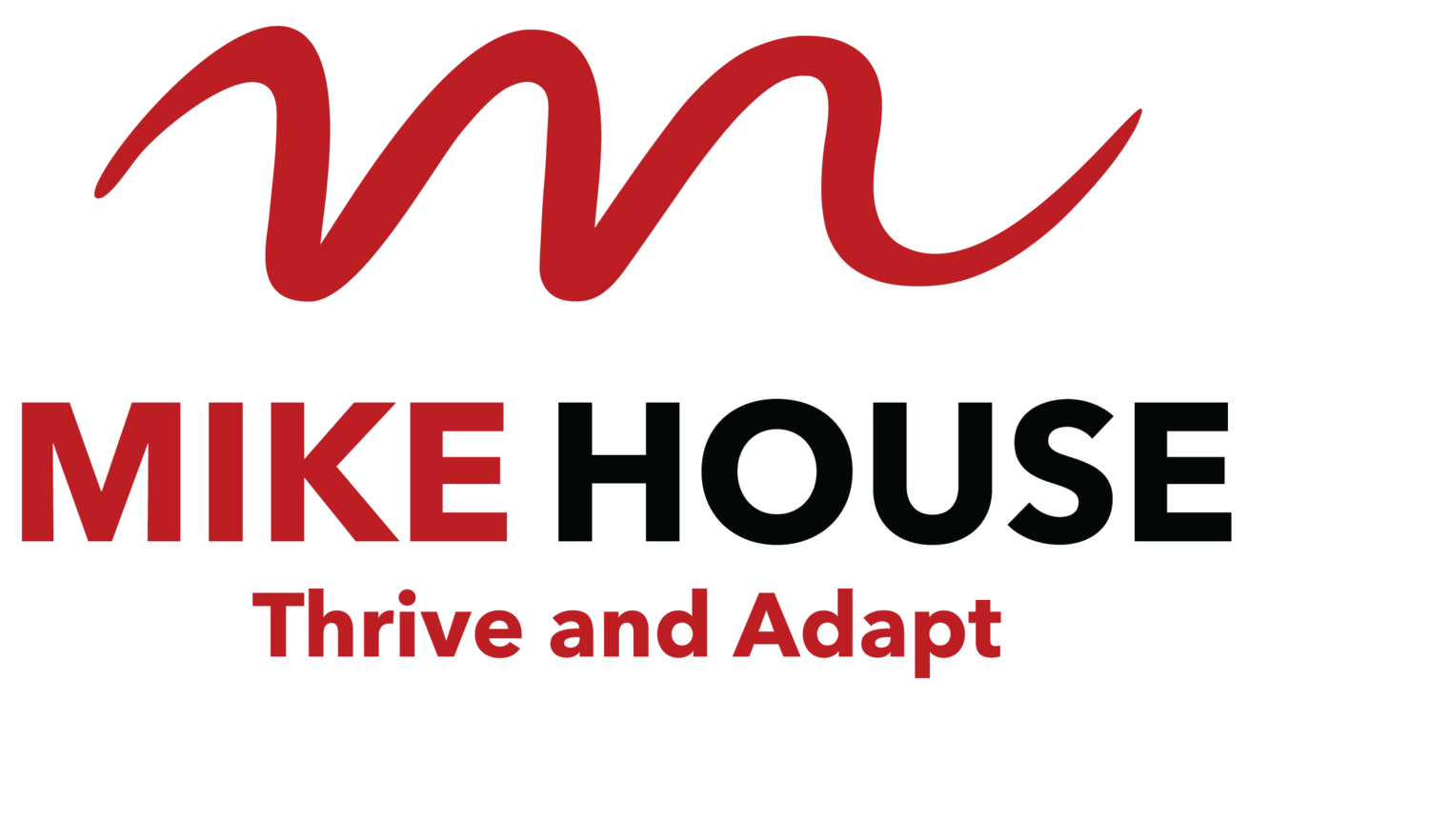Why would it happen? Clearly there is a need for the additional layer, otherwise the role wouldn’t exist.
For the senior leader there’s often comfort and familiarity in the ‘tools’ of the layer one down from them. Plus, if the layer is new, they’ve previously been responsible for fixing the problems and tasking the team. Handing that to a new person can feel unsettling. The new person can do the job, but the newly leveled up leader feels disconnected from what is happening and so returns to what is familiar. The new person is unintentionally sidelined and the frontline people now have 2 direct bosses.
They’ll hesitate to act until the more senior person's view is clear. You’ll hear them saying, “We are supposed to work on X, but every time we get started, the boss comes down and the direction changes. Let's just hold for a while until they tell us which way to go.” Over time this reinforces itself. The new Ops leader is getting no traction or buy-in, so starts to second guess themselves or throw their hands up and say “what’s the point of my role?”. The frontline shows less and less initiative as they wait for clear direction from 2 bosses. The senior person experiences even more load/stress than before the new ops manager was around. The person works hard at demonstrating their value, often overstepping all sorts of boundaries in an increasing effort to do the job they were hired for. The senior person feels that if they are not involved at the front line, it will all fall apart.
Uninterrupted, it starts to get toxic. People play the 2 leaders off against each other, and start assigning blame to others. The team becomes less effective and more fractured. There’s lots of unhelpful talking behind each other's backs and factions forming.
Over this series, we’ll look at ways people at all levels can avoid it, and/or fix it if Hierarchy Hopping starts.














